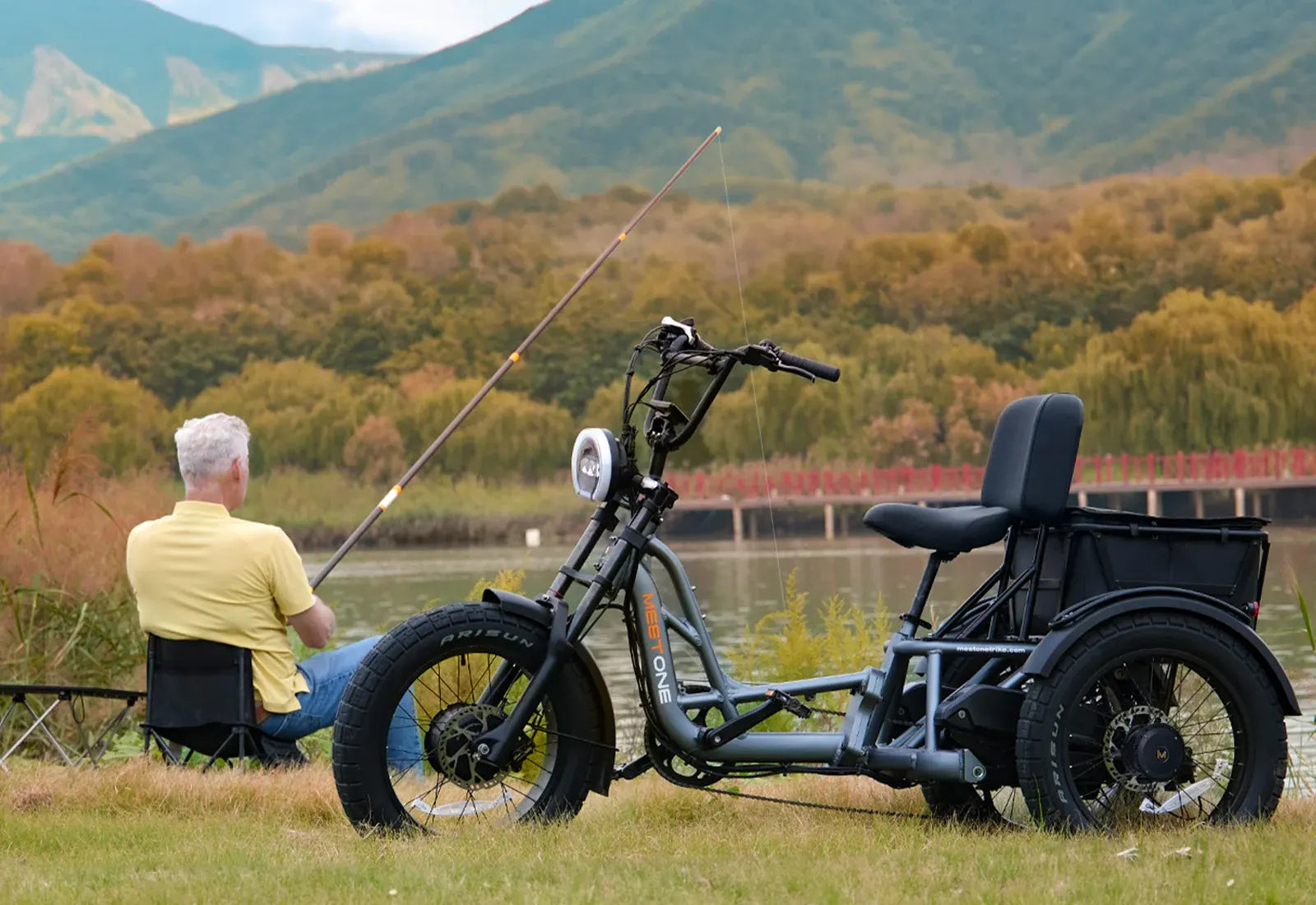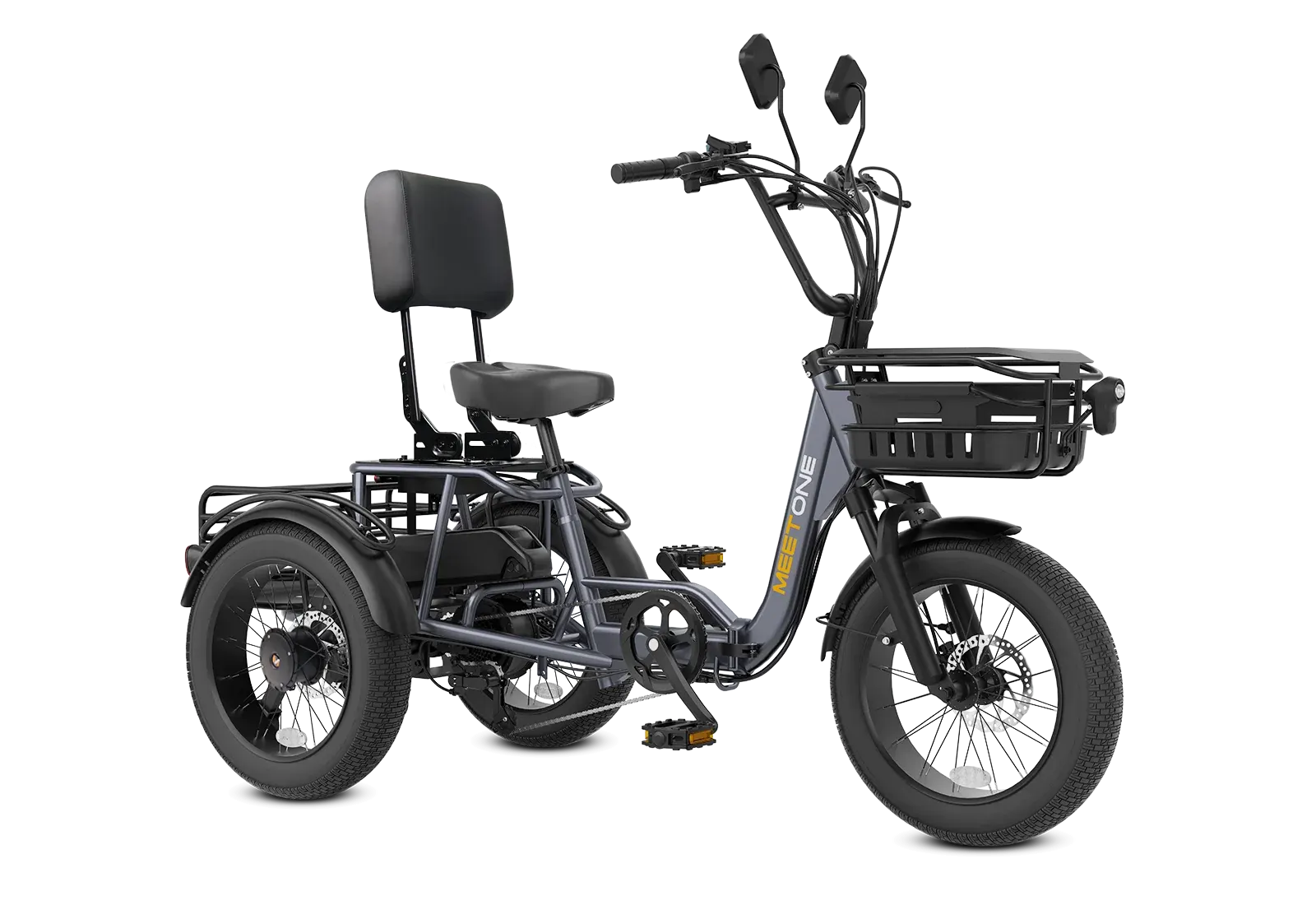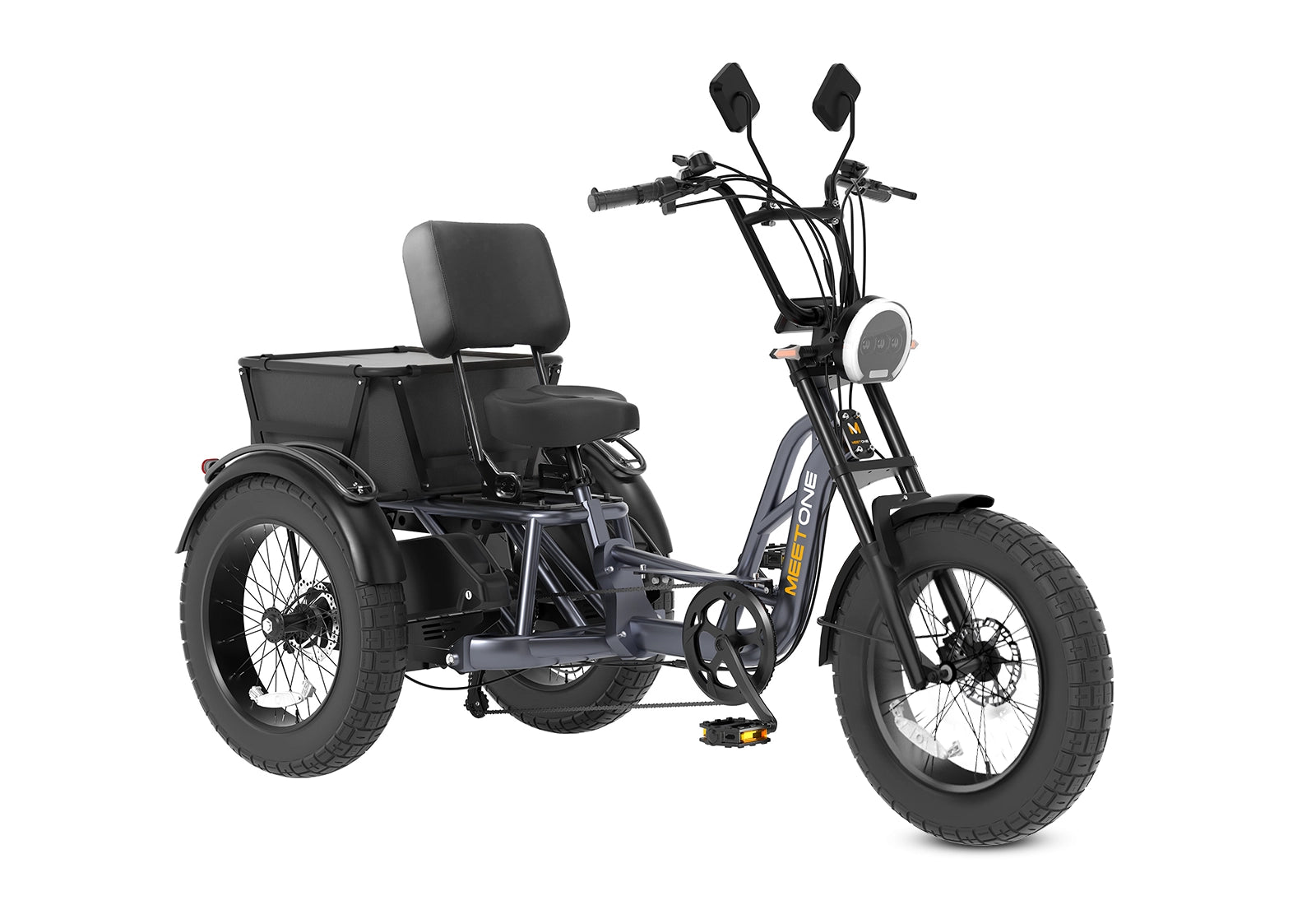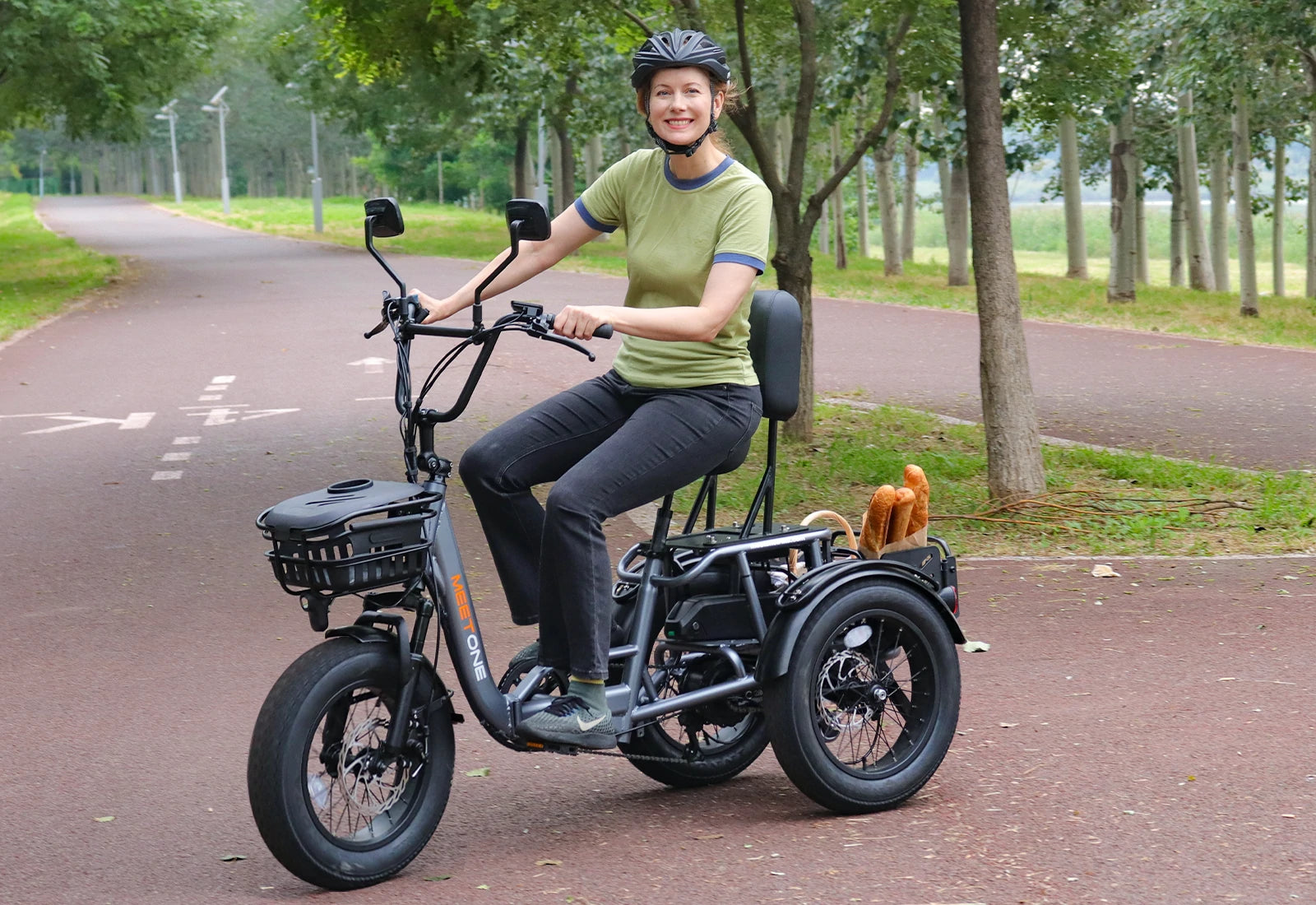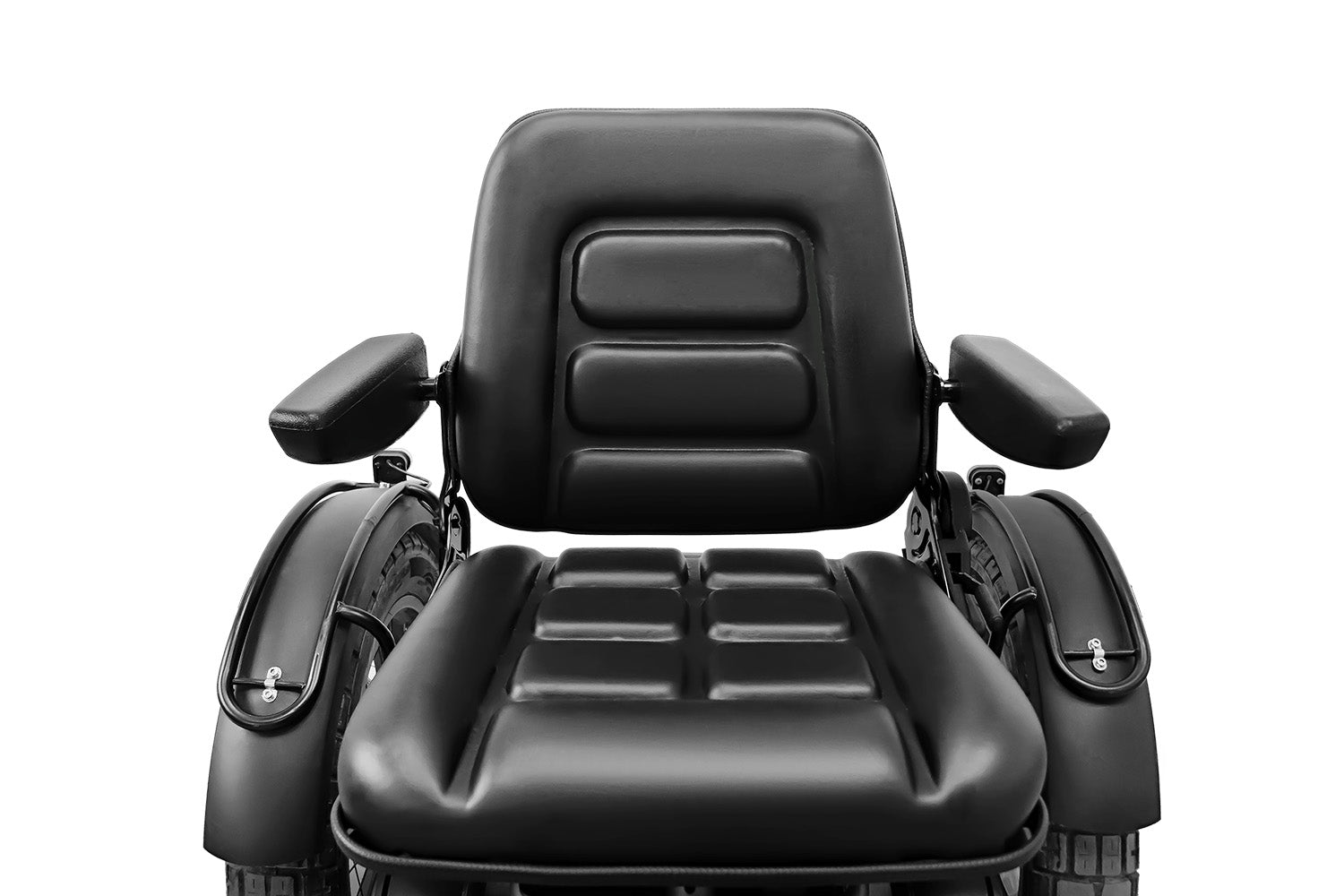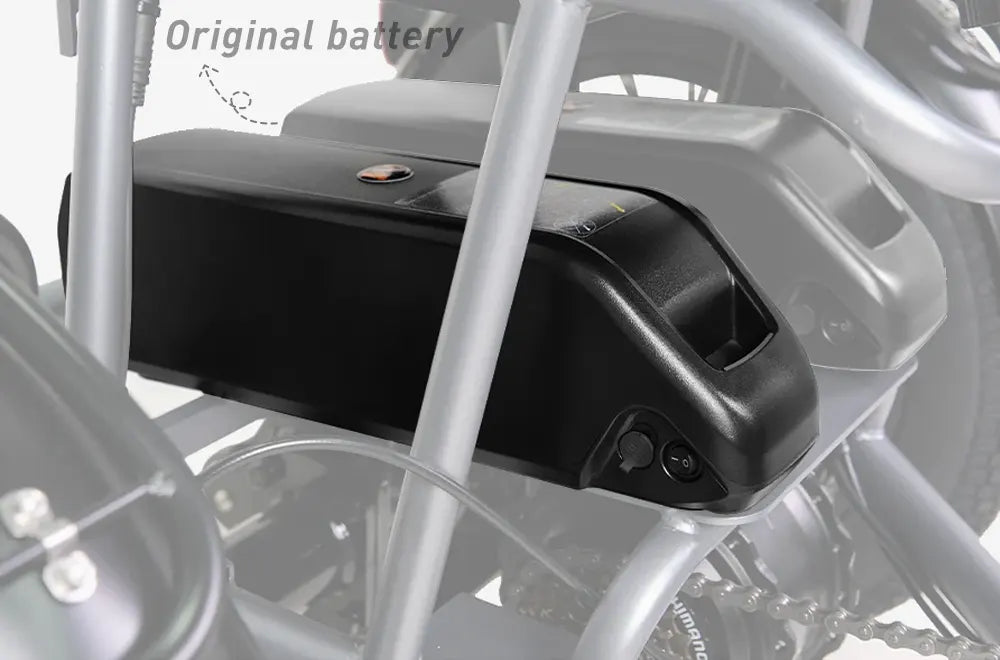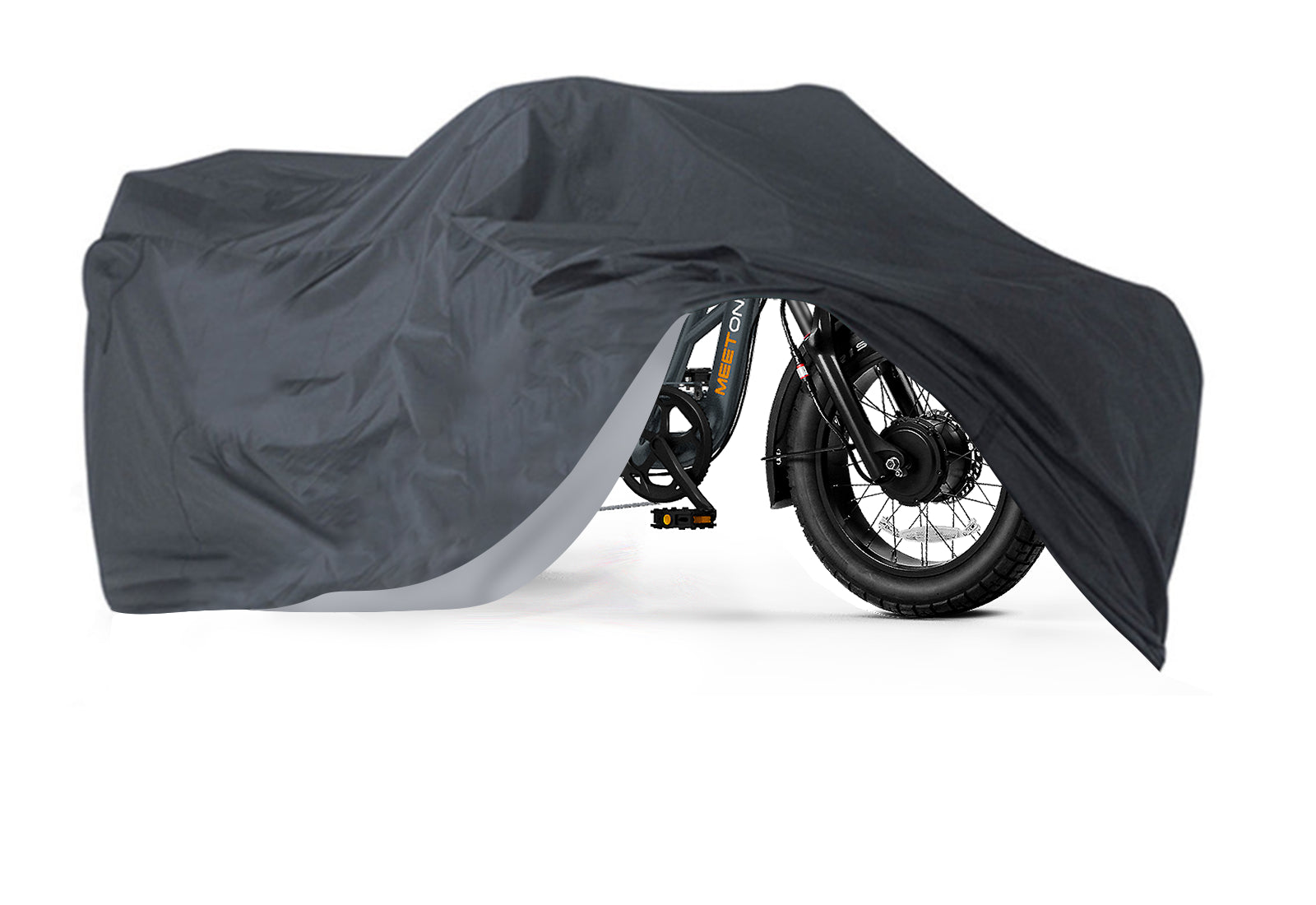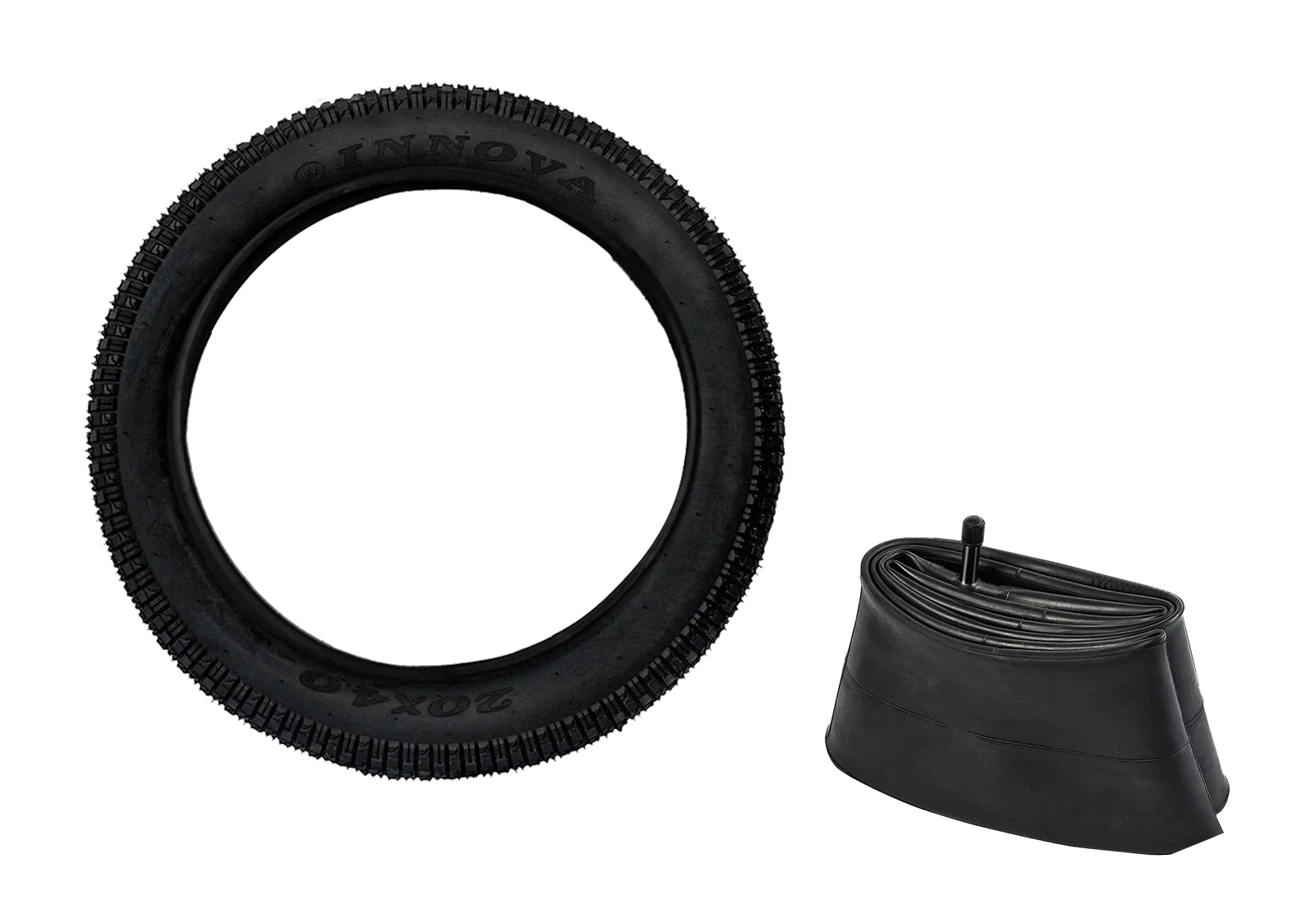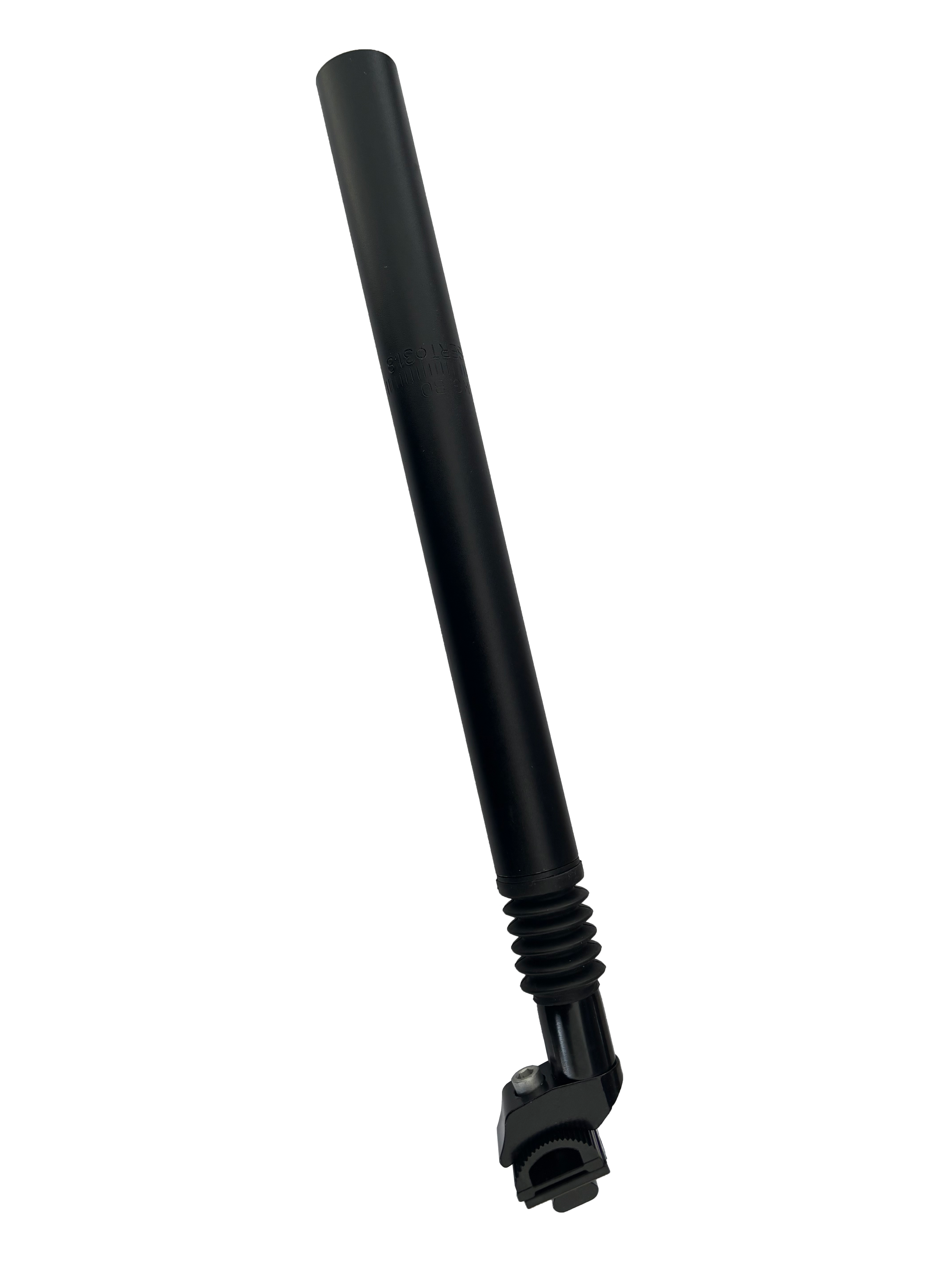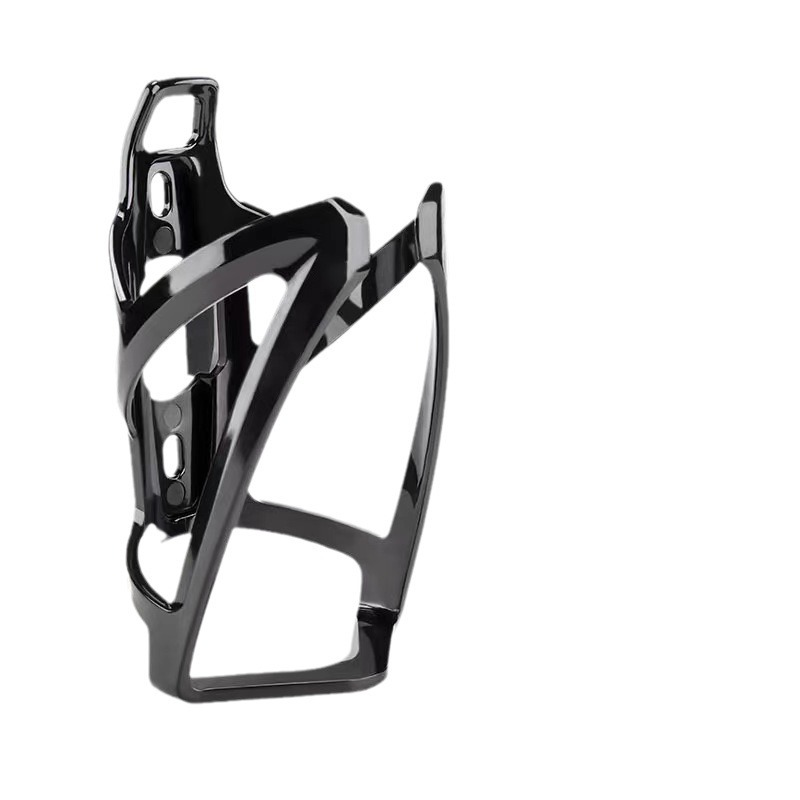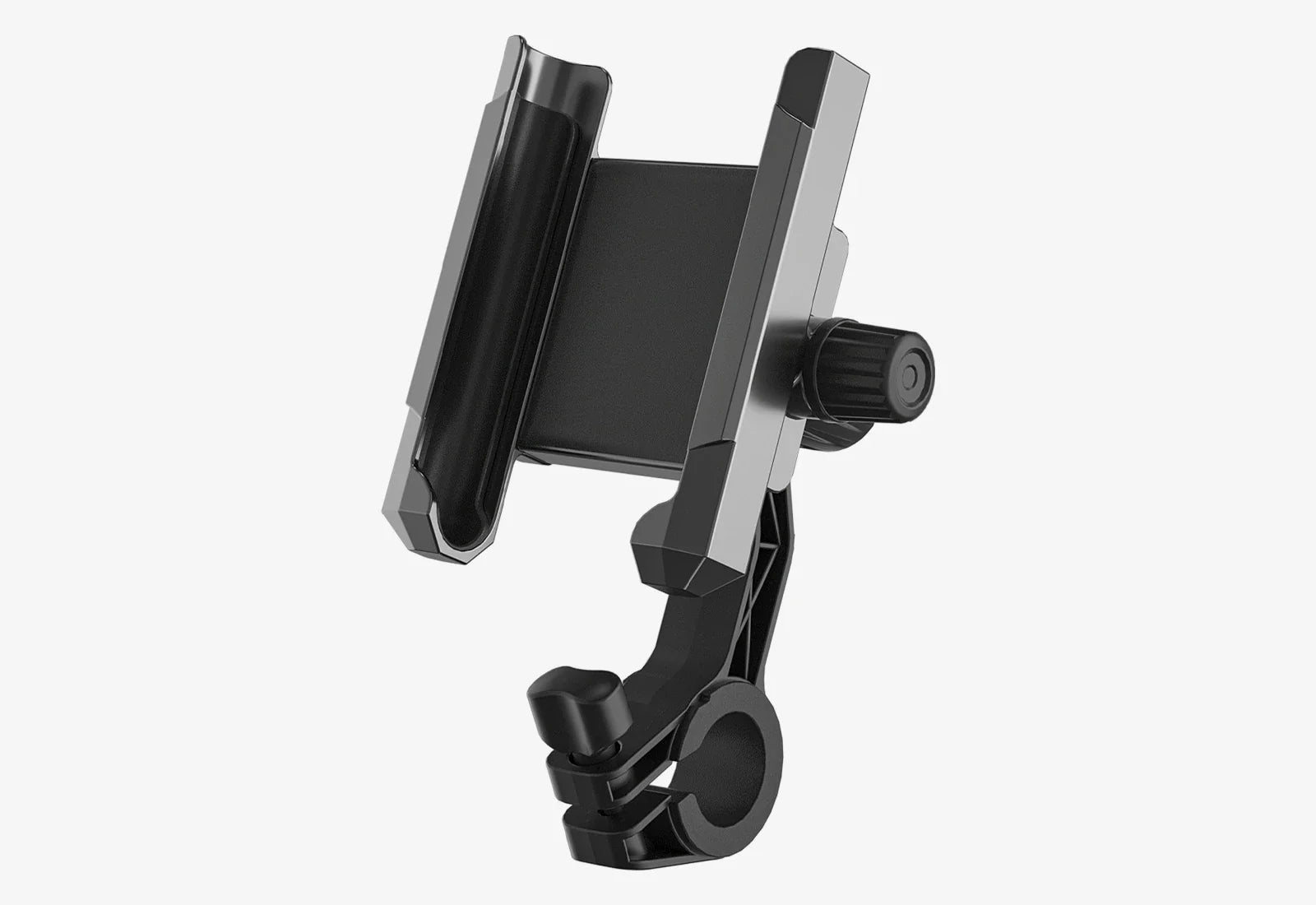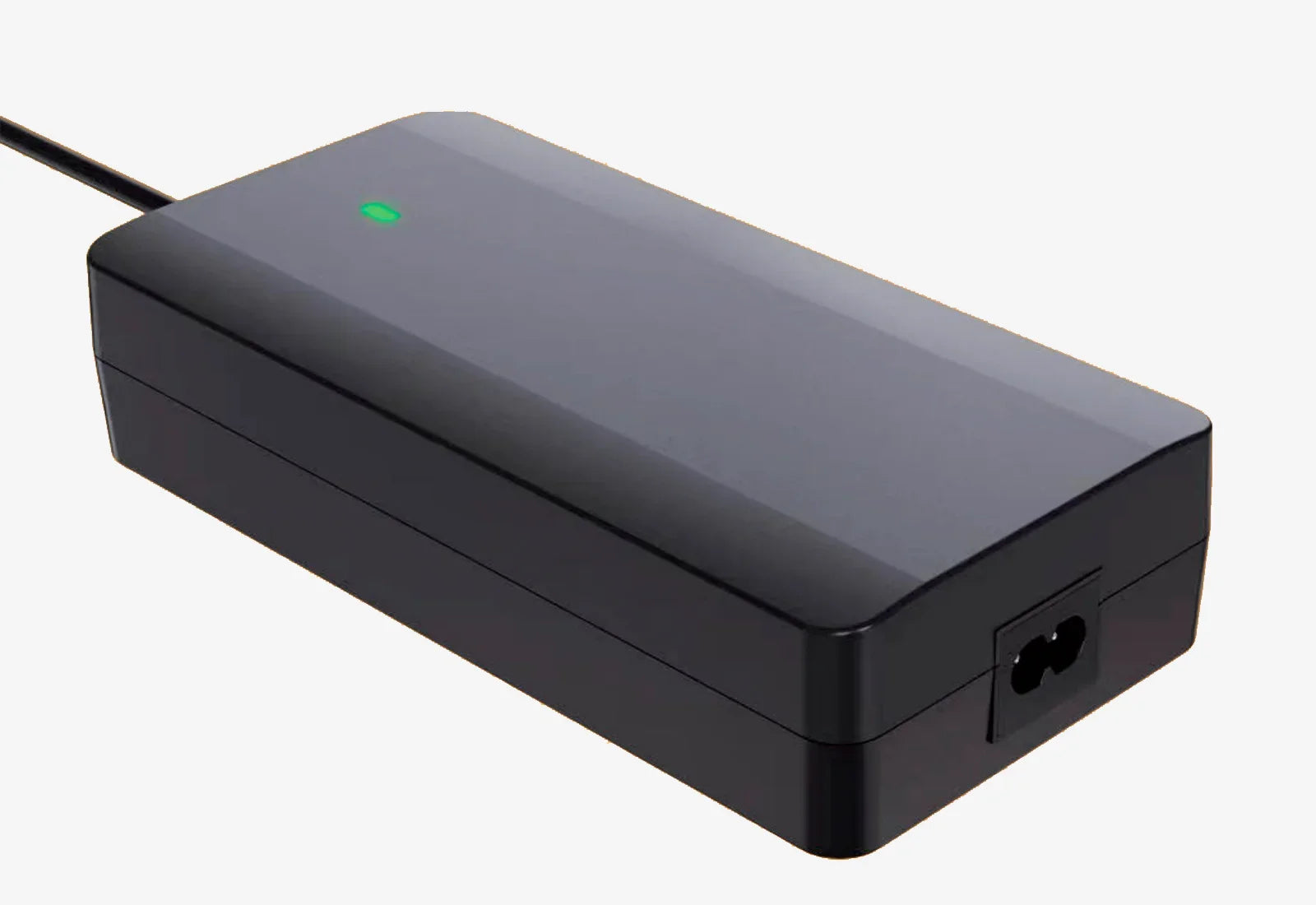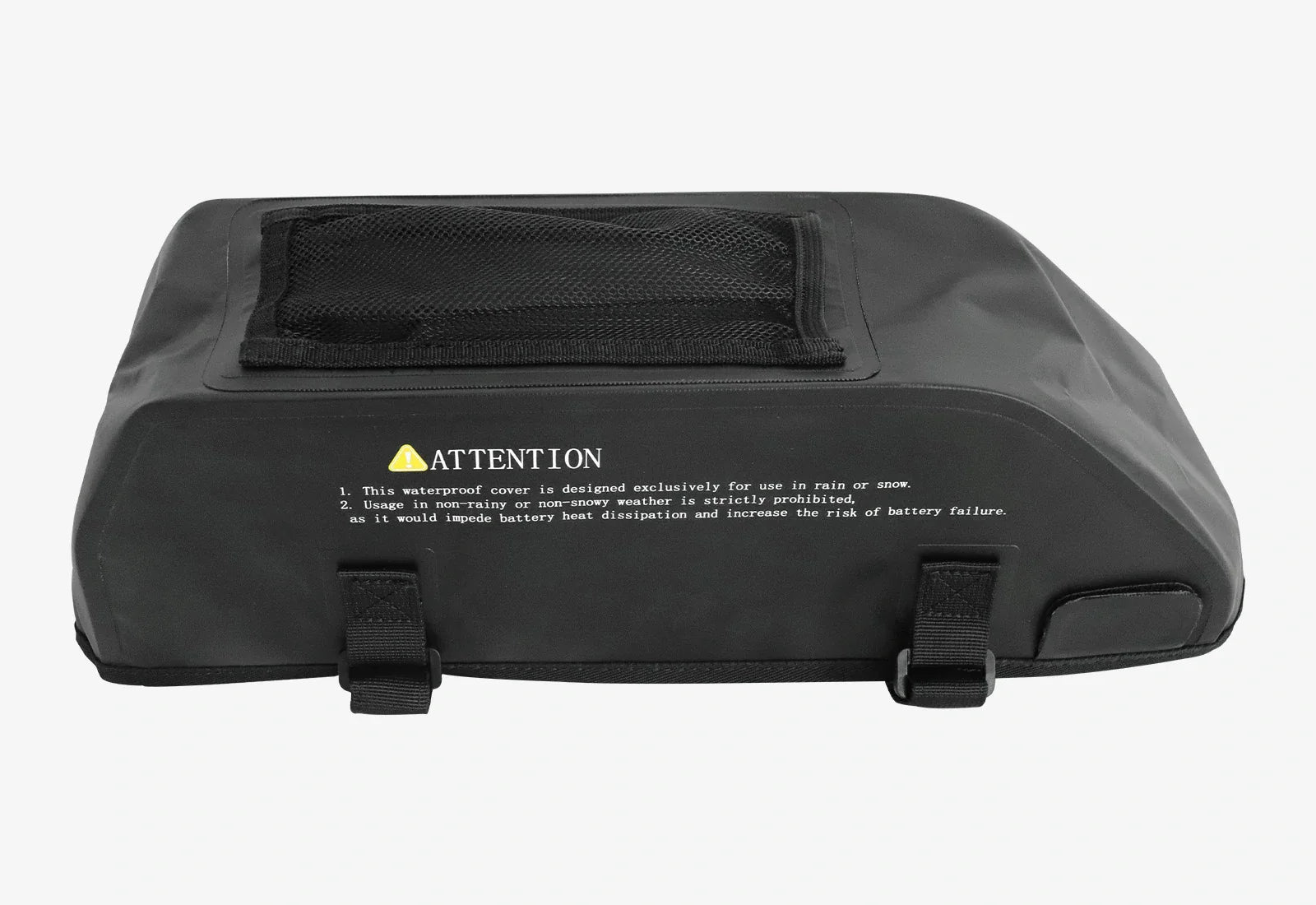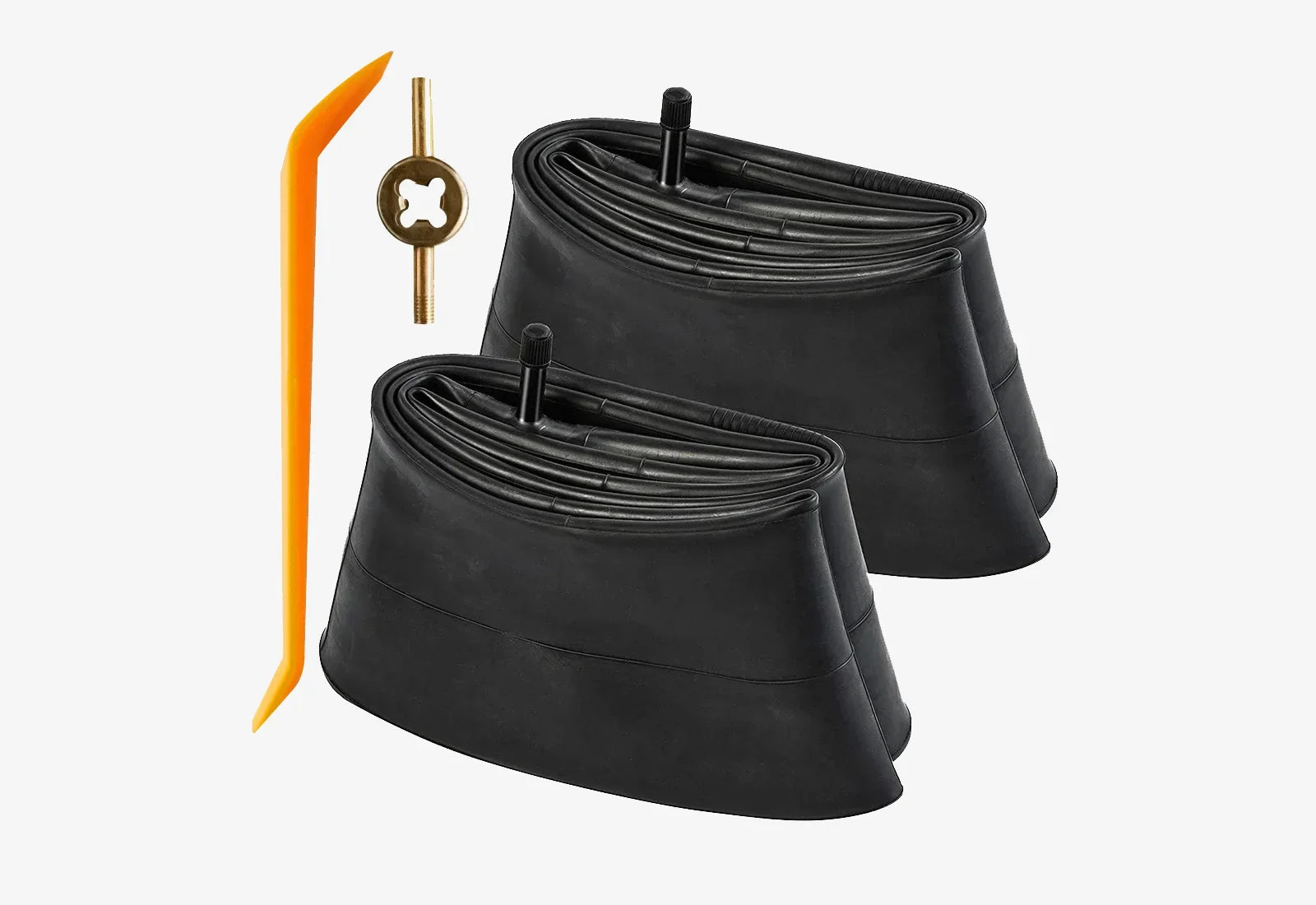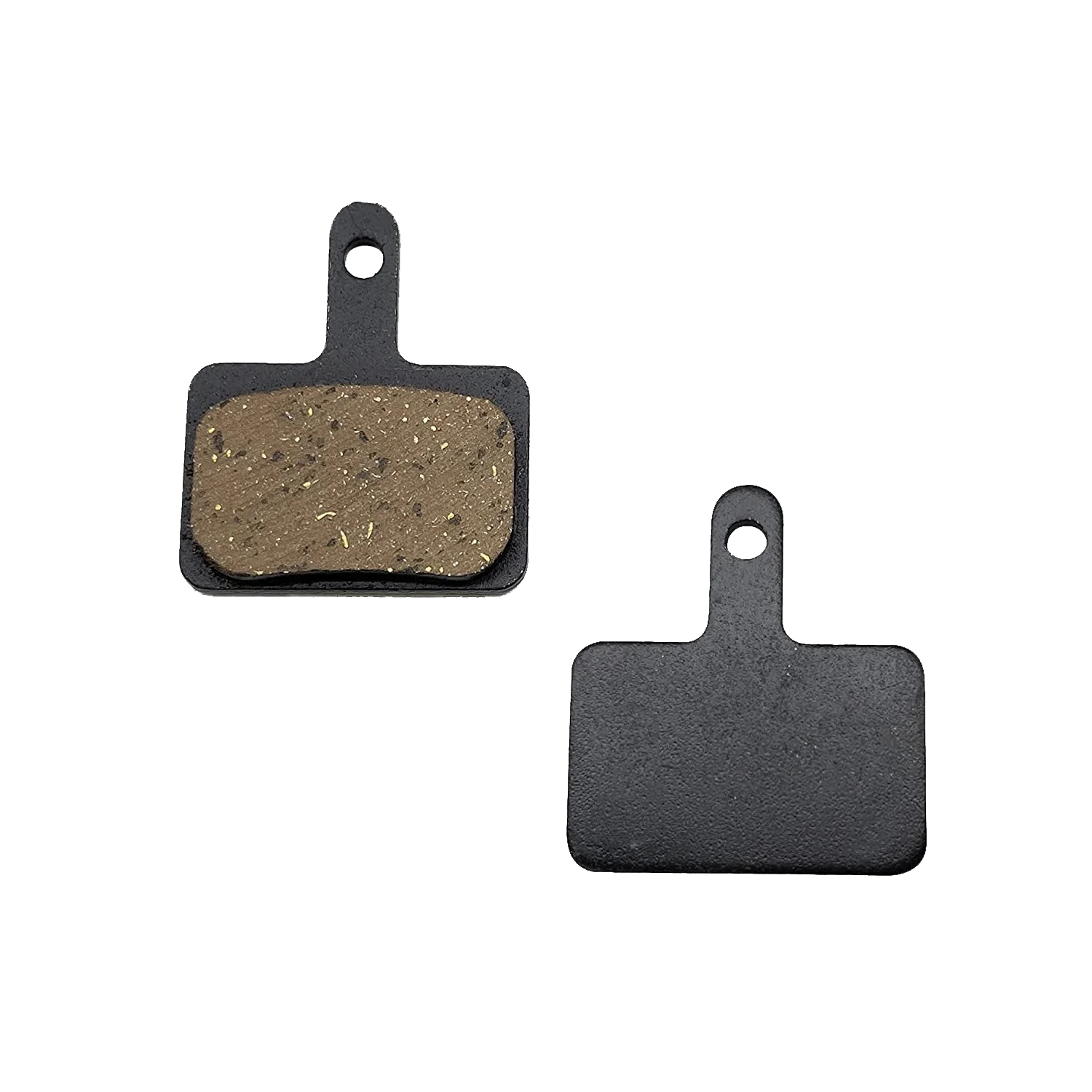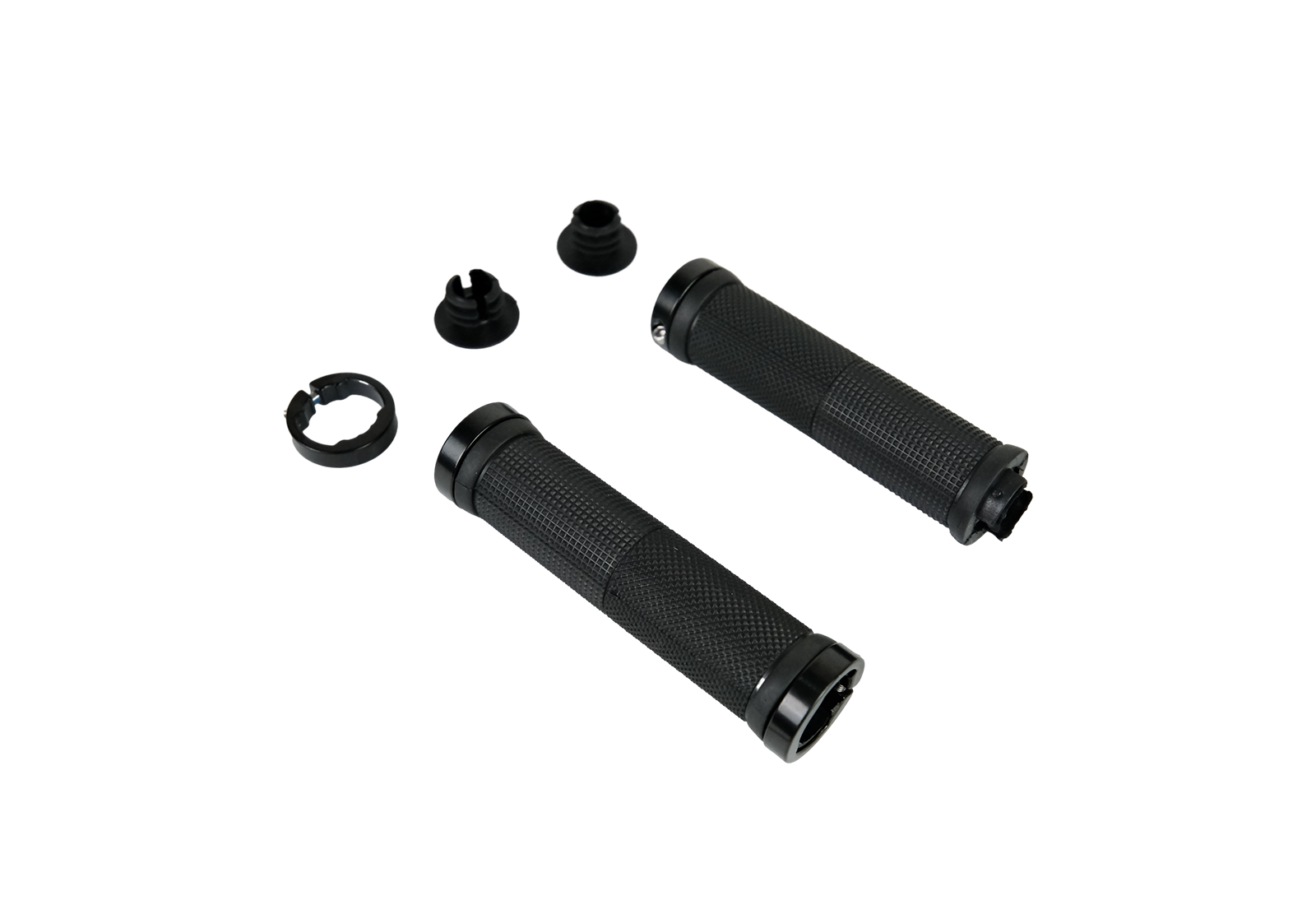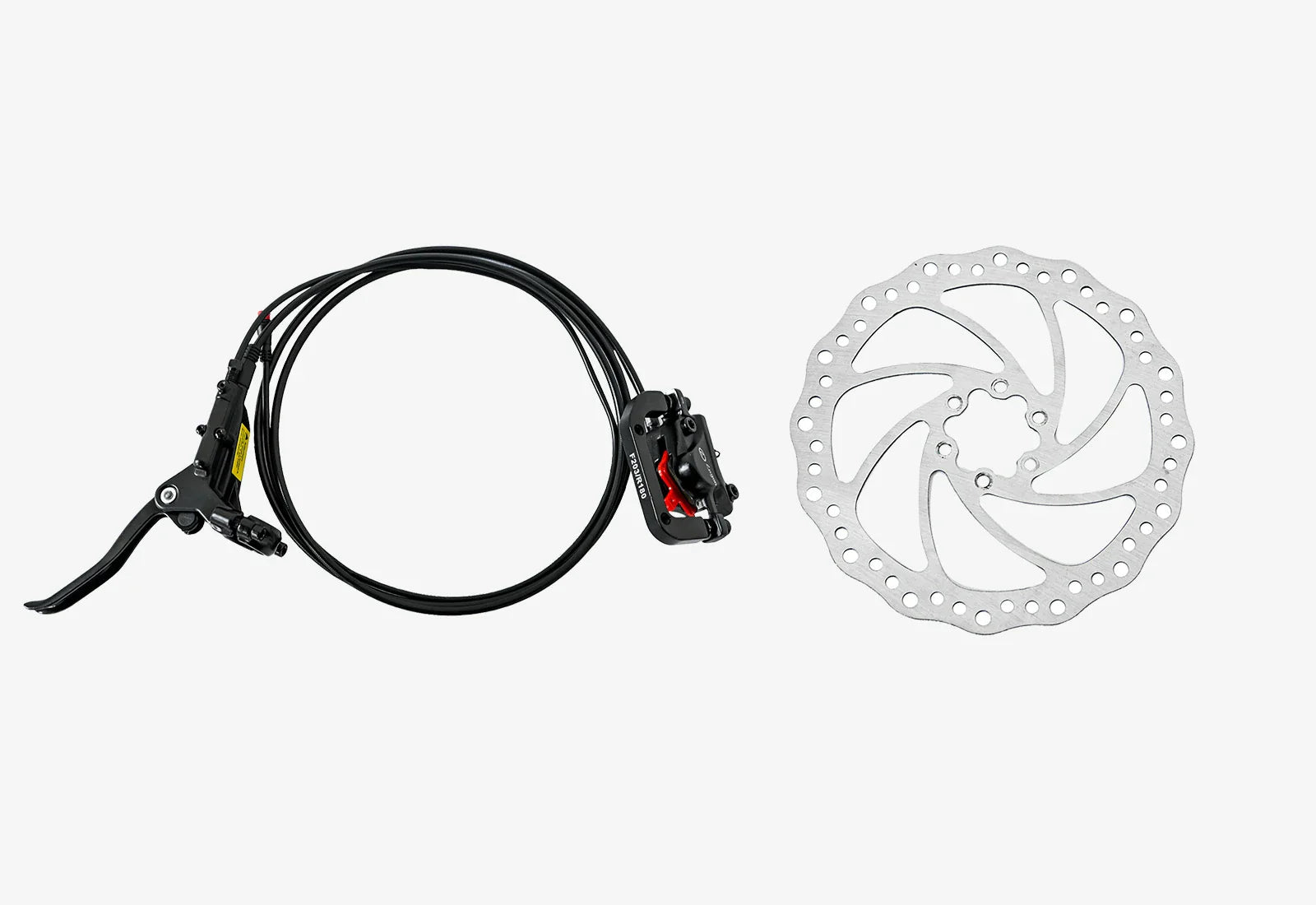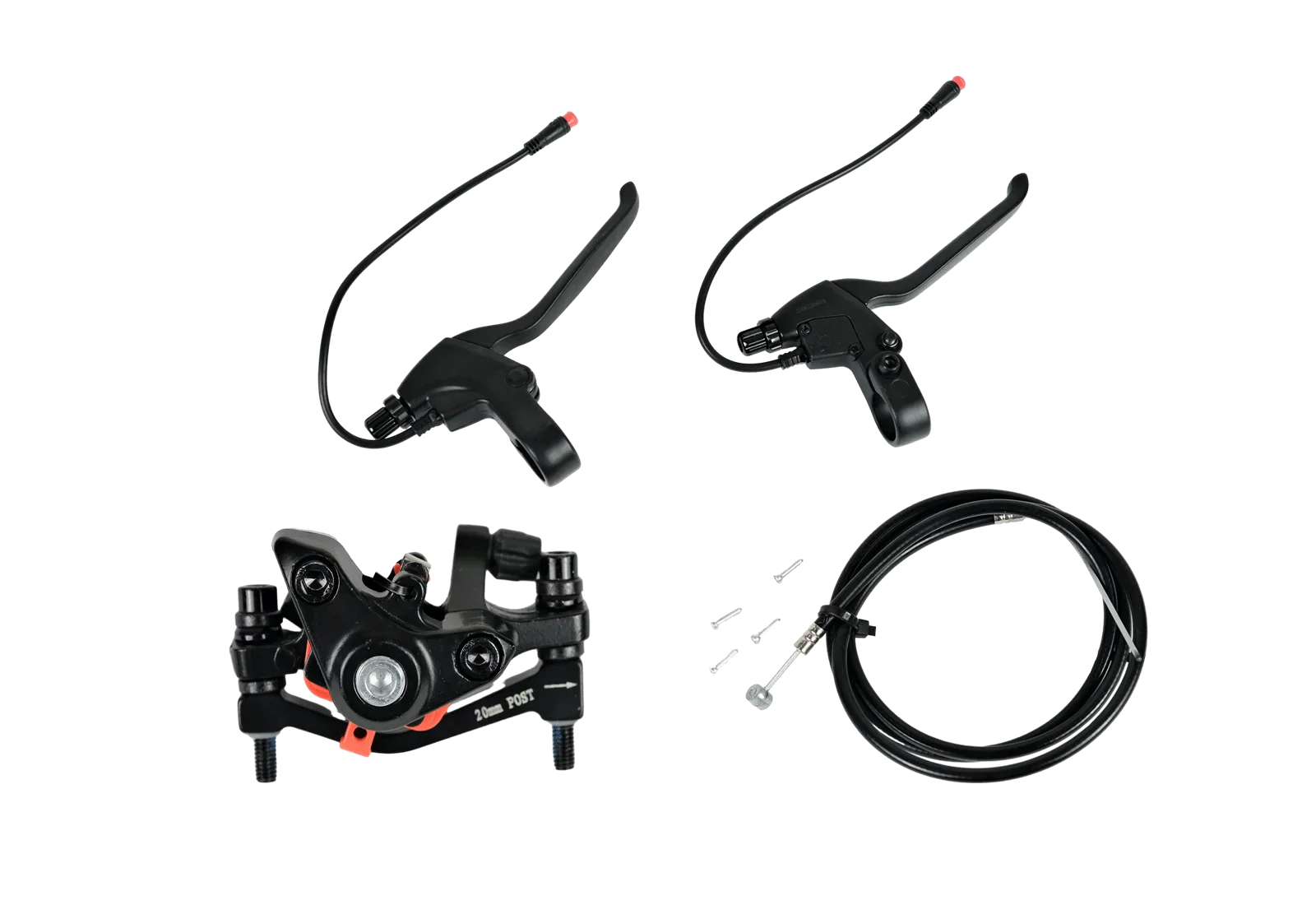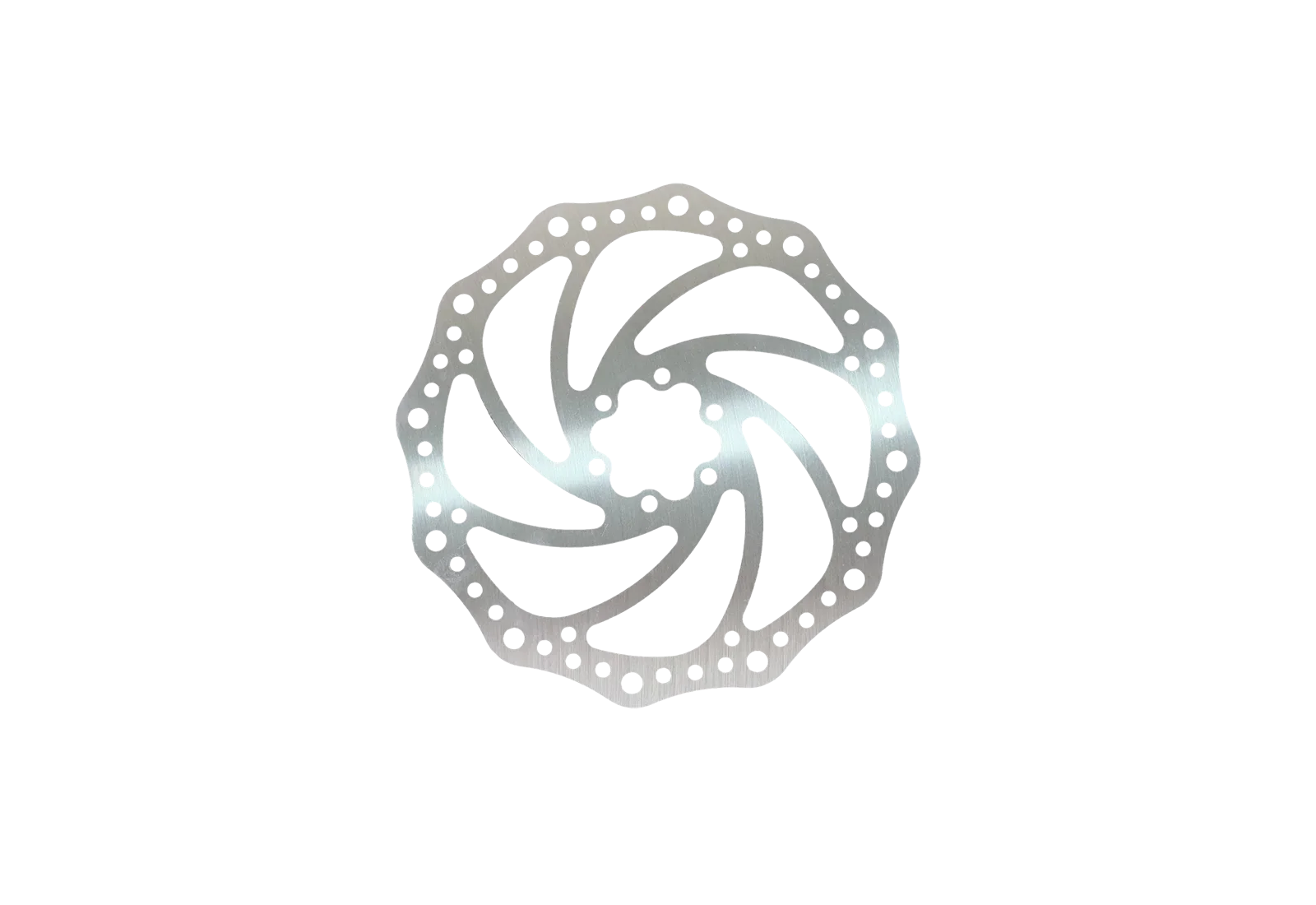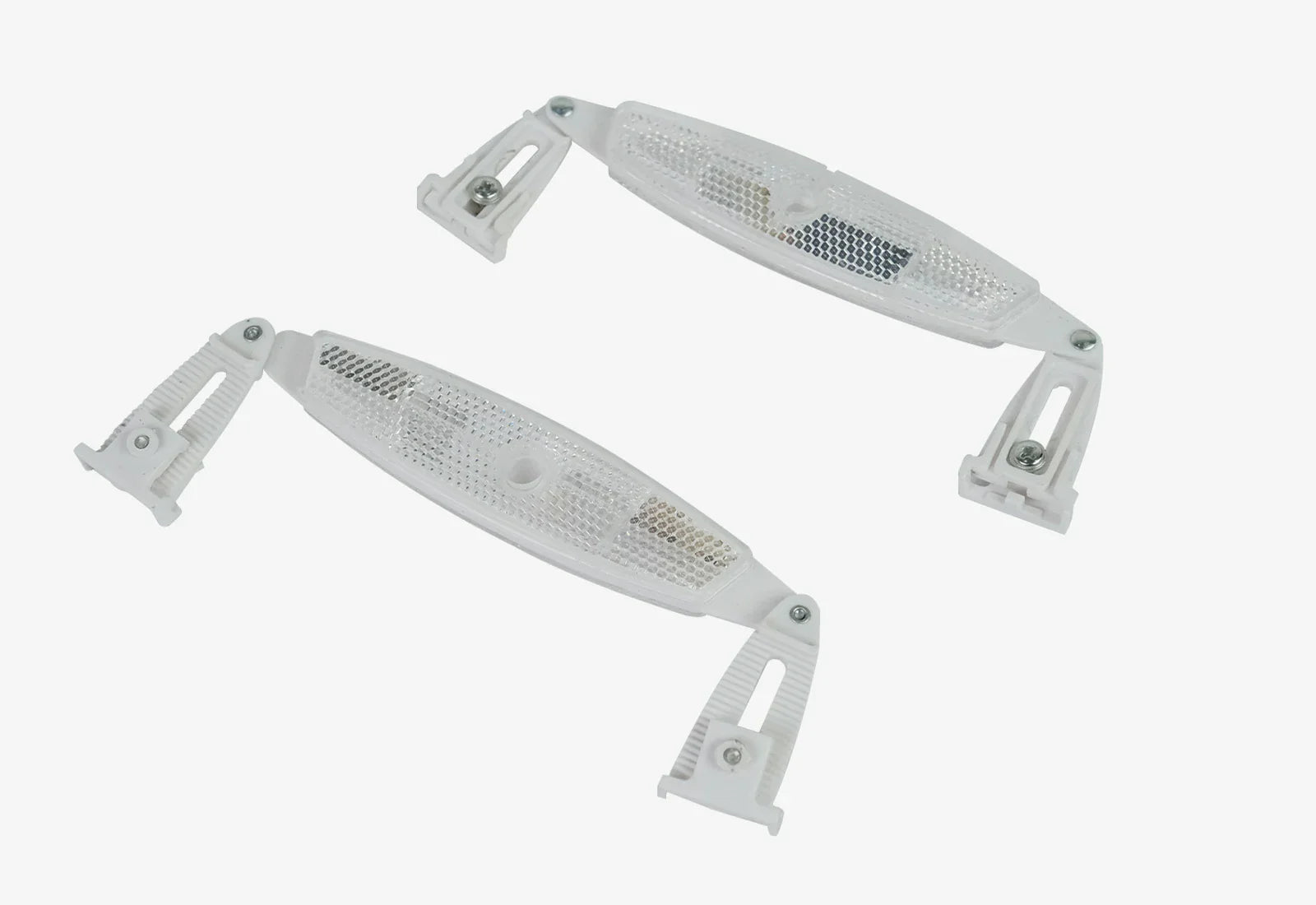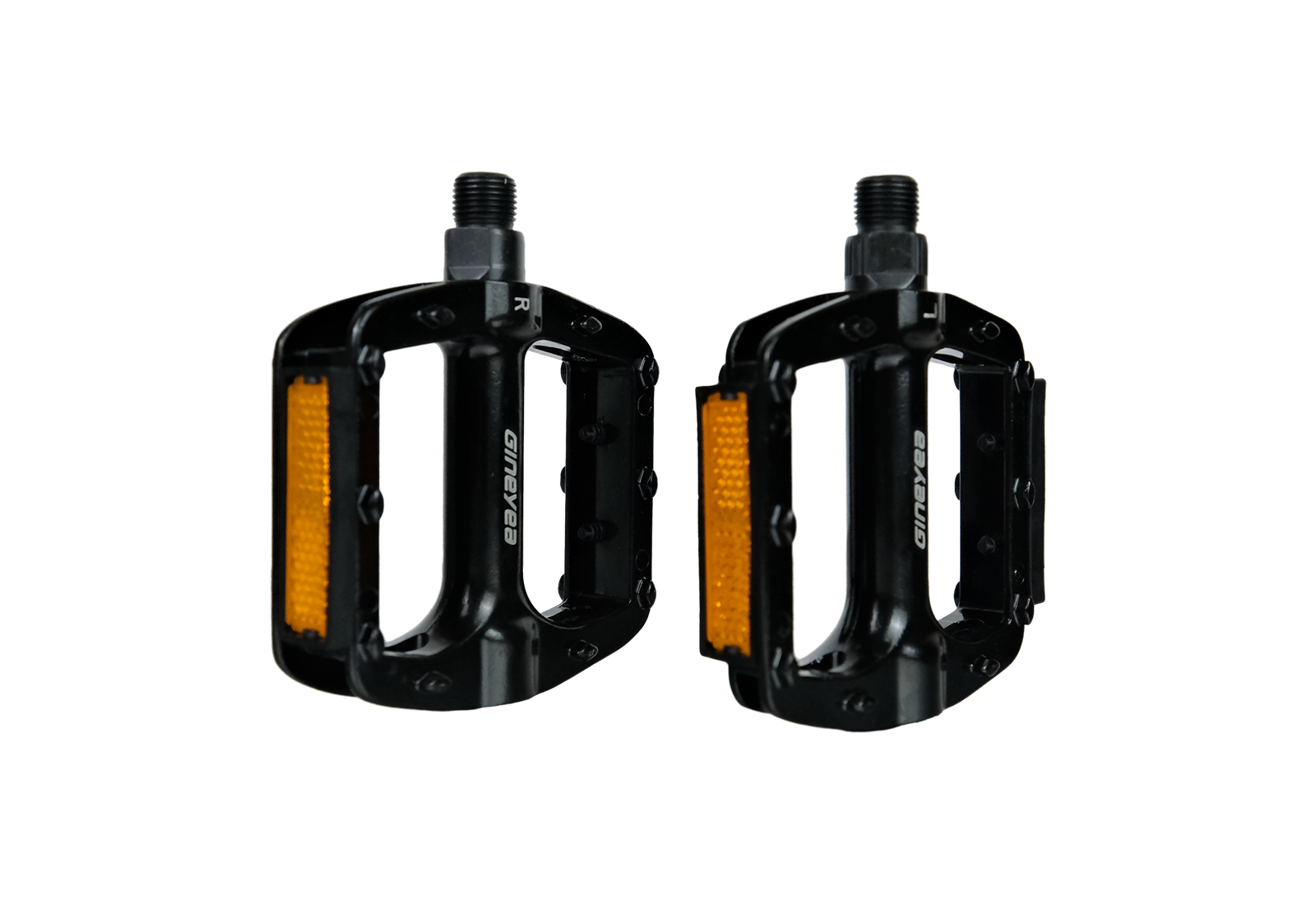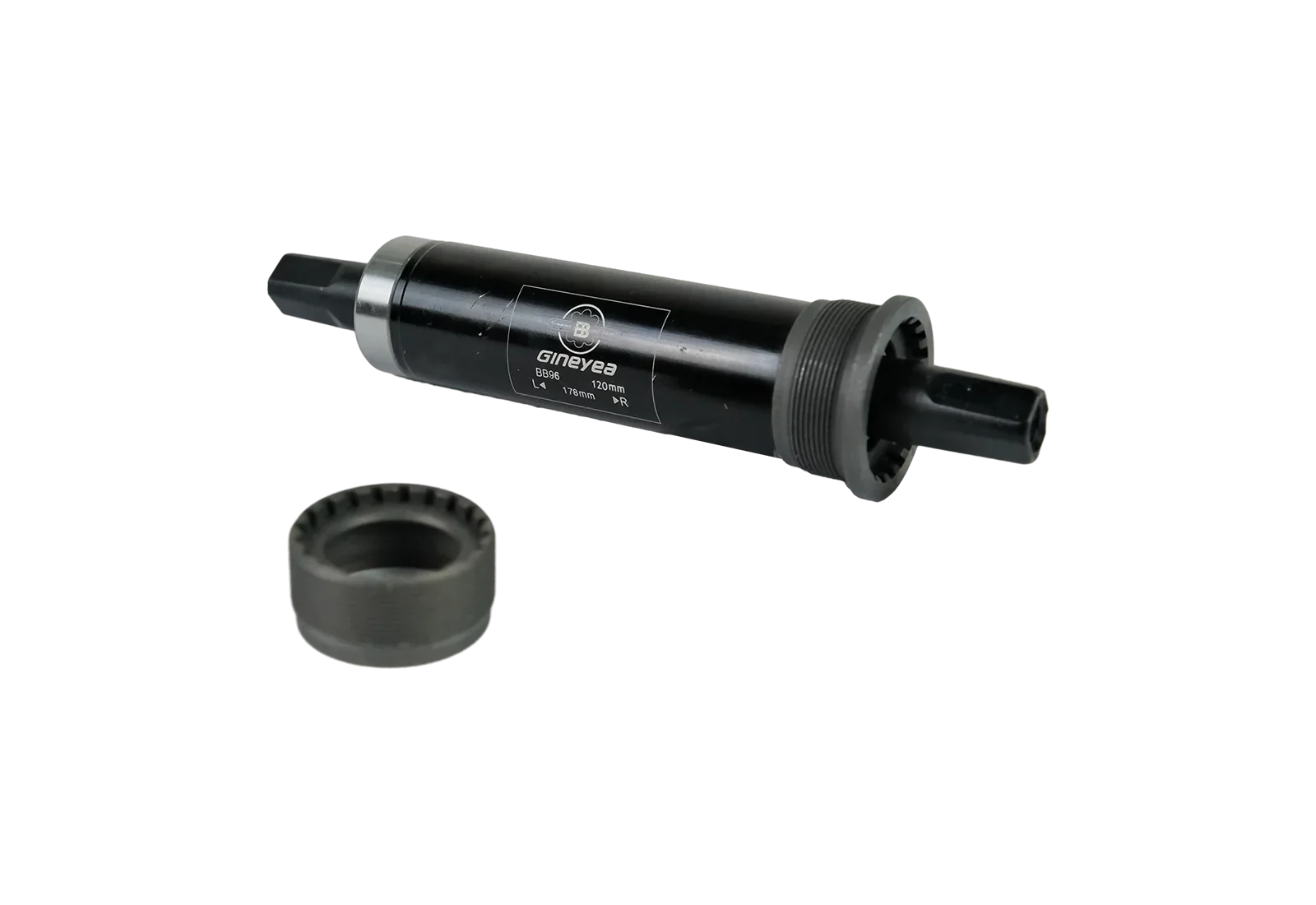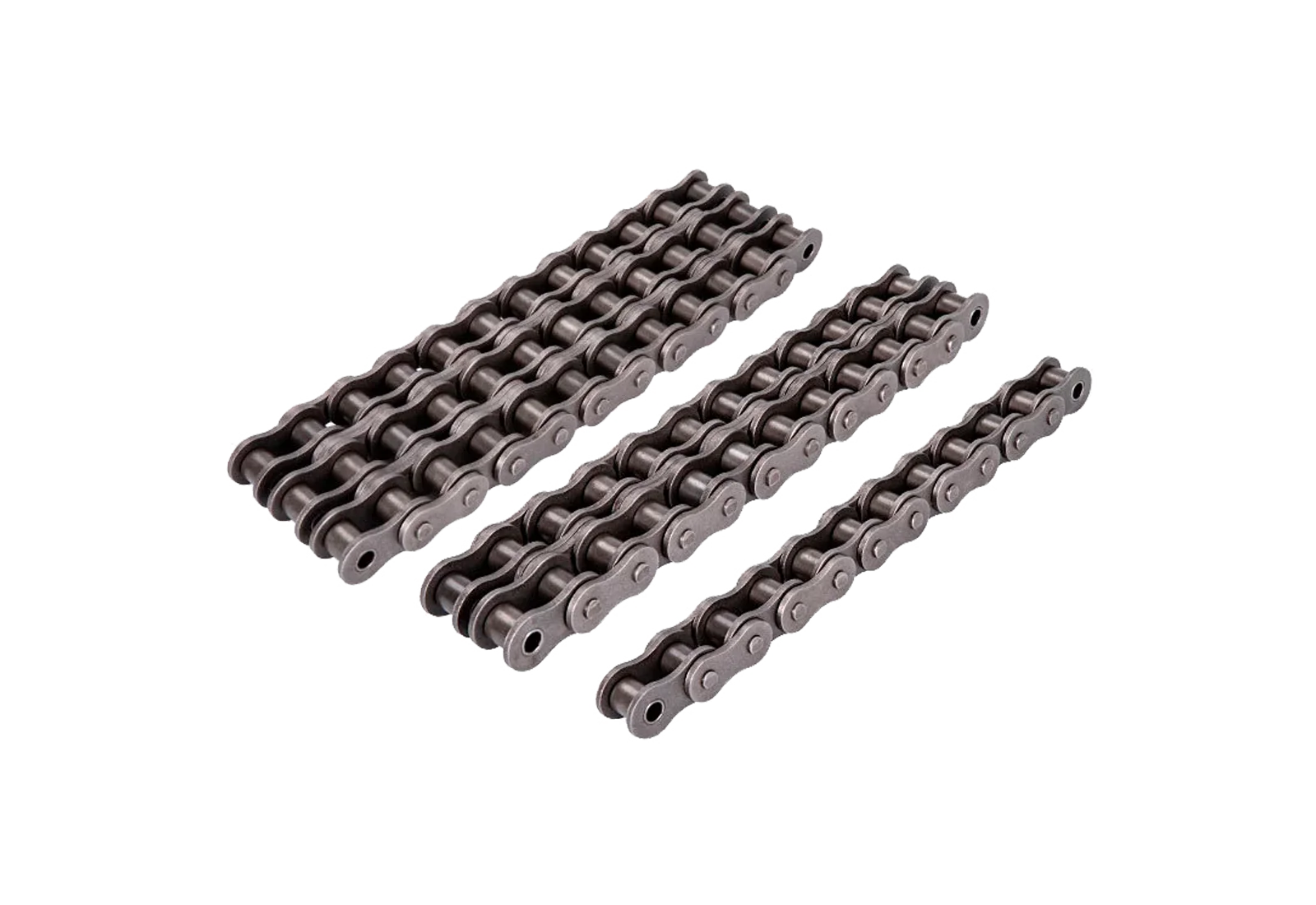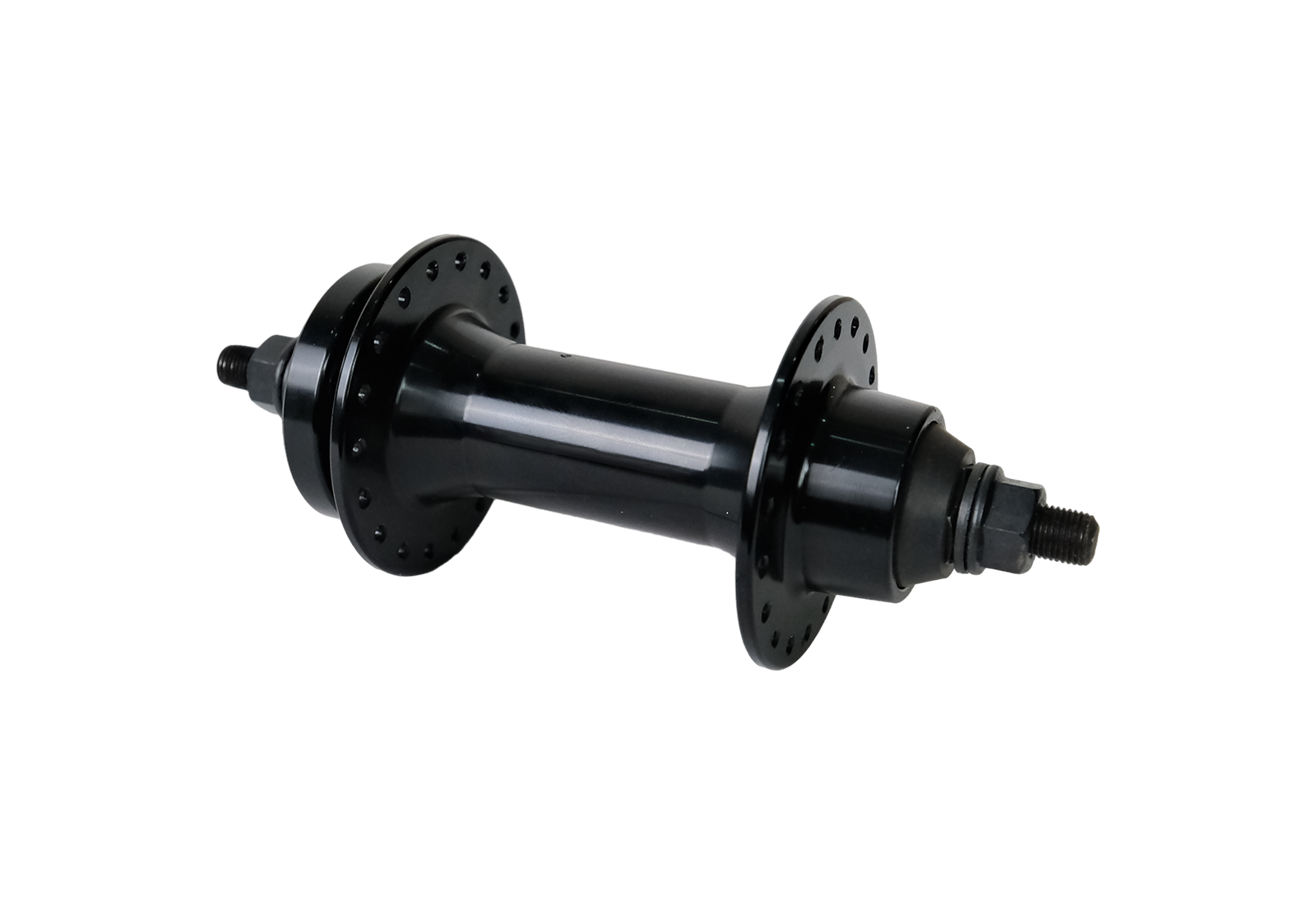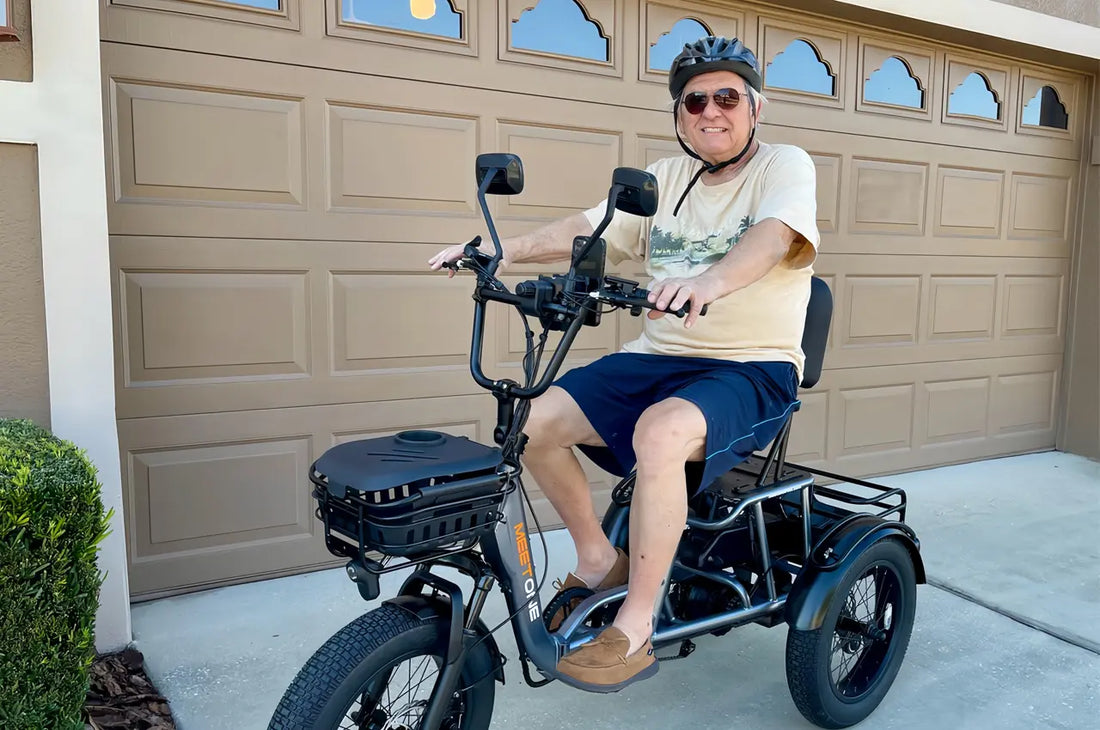
How to Position Your Hands on Your Etrike Handlebars
If you’re getting into electric trikes—or coming back to riding after a long break—there’s one small detail that often gets overlooked: where you place your hands on the handlebars.
Now, I know that might sound like a basic thing. But after helping a lot of new riders get comfortable on their trikes, I can tell you this matters more than you might think. Not just for control, but for safety—and for your confidence too.
Let’s take a few minutes and walk through what I’ve learned.
Start With Brake Awareness
The first thing to understand is how your brakes work.
On most e-trikes, the left hand controls the front brake, and the right hand controls the rear brake. It’s a simple setup. But if you’re used to old-school bikes that stopped when you pedaled backward, this can feel a little foreign at first.
And here’s what I see happen a lot: someone hops on their trike, starts riding, and suddenly something unexpected happens. A car pulls out. A kid runs across the path. A dog darts into the street. The rider goes to brake—and their hands aren’t in the right spot. They fumble. They miss the lever. And now they’re in trouble.
That’s why good hand position isn’t just about comfort. It’s about being ready for what might happen.
The “Ready Grip”
There are basically two ways to hold your handlebars, depending on where and how you're riding.
1. The relaxed, cruising grip.
If you’re out on a quiet trail or somewhere wide open with no traffic or distractions, this is totally fine. You can wrap your whole hand around the grip, let your arms relax, and just enjoy the ride.
2. The ready position.
But if you’re in a neighborhood, a shopping area, or anywhere with other people around, this is where things change. You want your thumbs wrapped around the grips, your palms resting comfortably, and your fingers lightly placed on the brake levers—not pulling, just resting.
That might sound small, but it makes a big difference. Your reaction time improves. You’re not scrambling to find the brakes. You’re just... ready.
Some trikes will let you rest 2 or 3 fingers on the lever. Others are shaped so you can fit all four. Either way, the goal is the same: fast, natural access to your brakes when it counts.
A Word on Braking Order (Please Don’t Skip This)
Now this part’s important—really important.
Your e-trike probably has two brake levers.
Left hand: front brake
Right hand: rear brake
It’s tempting to grab whichever lever is closest in a pinch, but here’s the deal: if you grab the front brake too hard—especially while turning or going downhill—you risk flipping forward.
I’ve seen it happen. And once you know what it looks like, you never forget.
So here’s what to do instead:
Always start with the rear brake. That’s your right hand. This slows you down steadily and keeps your balance.
Then ease into the front brake if you need to stop more quickly.
This sequence helps the trike slow evenly. It keeps the front wheel from locking up and the rear wheels from lifting. You stay upright, in control, and hopefully unshaken.
Start Every Ride Ready
Don’t wait until something goes wrong to build these habits. Start every ride with your hands in the right place. Make the ready grip your default anytime you're riding somewhere unpredictable.
Eventually, you won’t even think about it. Your body will just do it.
And you’ll feel better for it—not just safer, but more in control. And that’s what really matters when you’re out there sharing space with cars, people, and the unexpected.
Honestly, the best comparison is driving. If you’re in heavy traffic, your foot’s already hovering over the brake pedal. You’re not slamming it—you’re just ready.
Same thing here. Riding an e-trike isn’t hard, but it’s different. The motor adds speed. It can also feel more powerful than you expect. So having your fingers ready isn’t overkill—it’s just good habits.
Bonus: Your Brakes Cut the Motor Too
One of the neat safety features on most electric trikes is this: when you pull the brakes, it usually cuts power to the motor automatically.
That’s a big deal.
Even if your finger’s still lightly on the throttle, the motor stops pushing as soon as you brake. That means if you lose control for a moment or feel things getting too fast, braking not only slows you down—it stops the assist altogether.
Again though, that only works if your hands are already where they need to be.
A Final Note for Fellow Riders
If you’ve made it this far, chances are you’re taking your safety seriously—and that’s the kind of rider I respect.
You don’t need to be perfect, and you don’t need to know everything. But paying attention to details like this? That’s how you ride smart. That’s how you avoid accidents. And honestly, it’s how you get the most out of your trike.
So next time you head out, just take that extra moment.
Look at your hands.
Feel where your fingers are.
Stay ready.
And enjoy the ride—fully, and safely.
